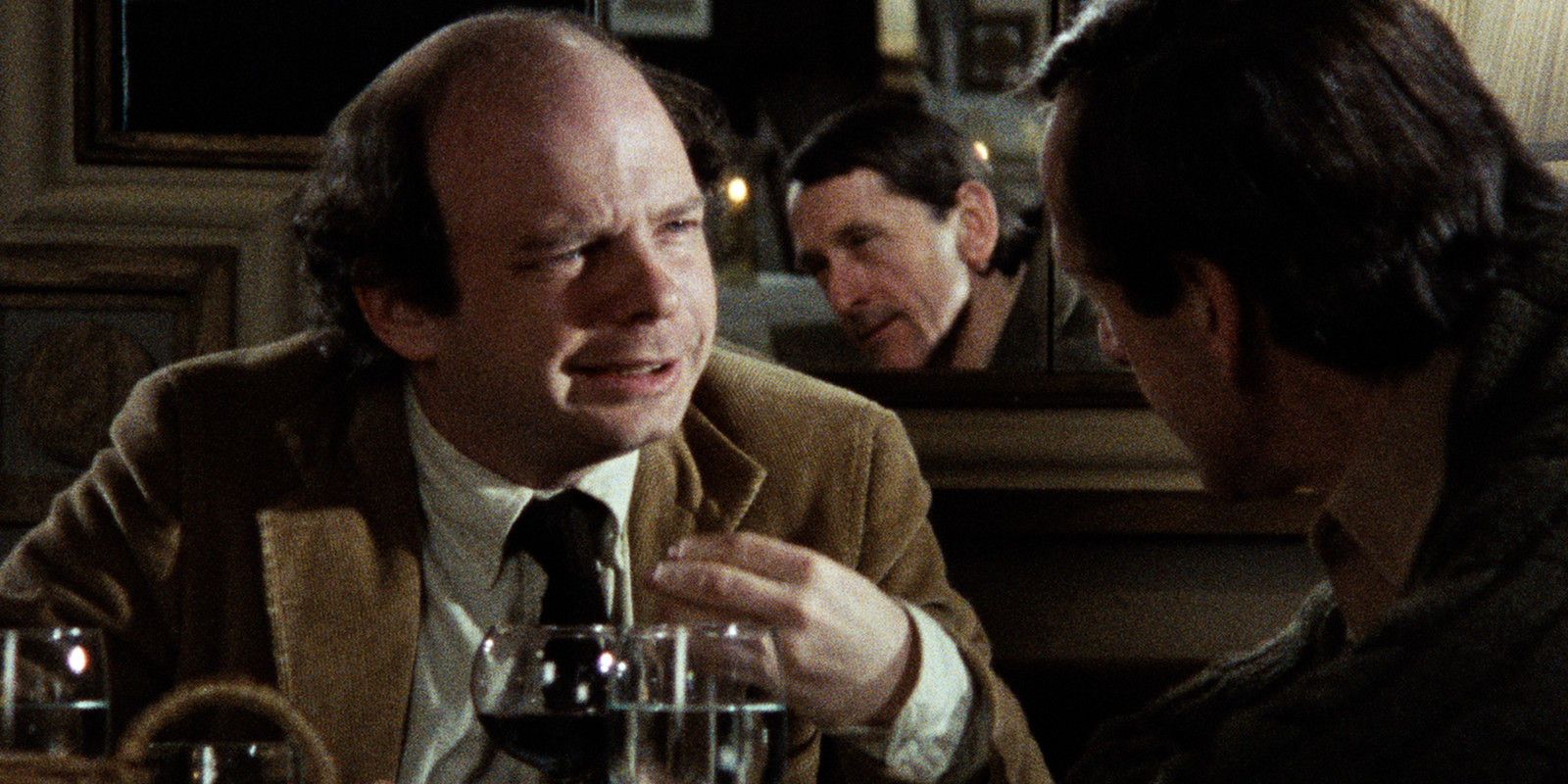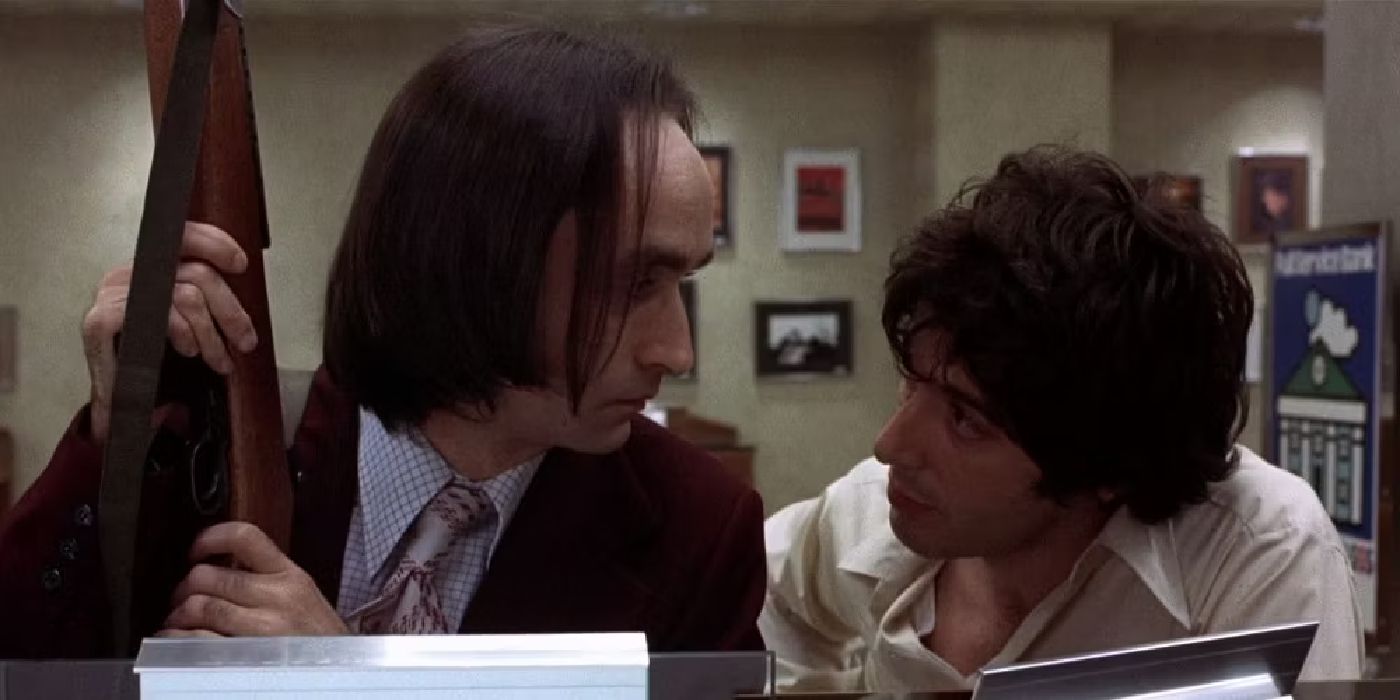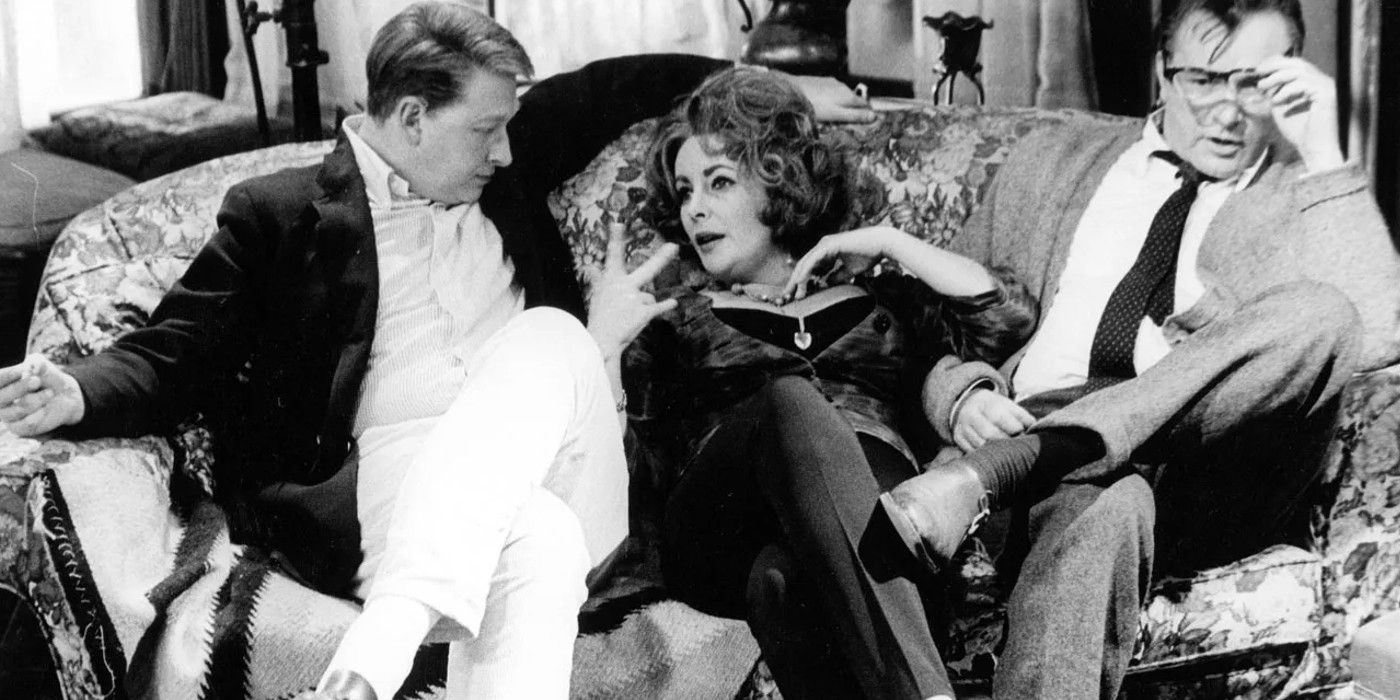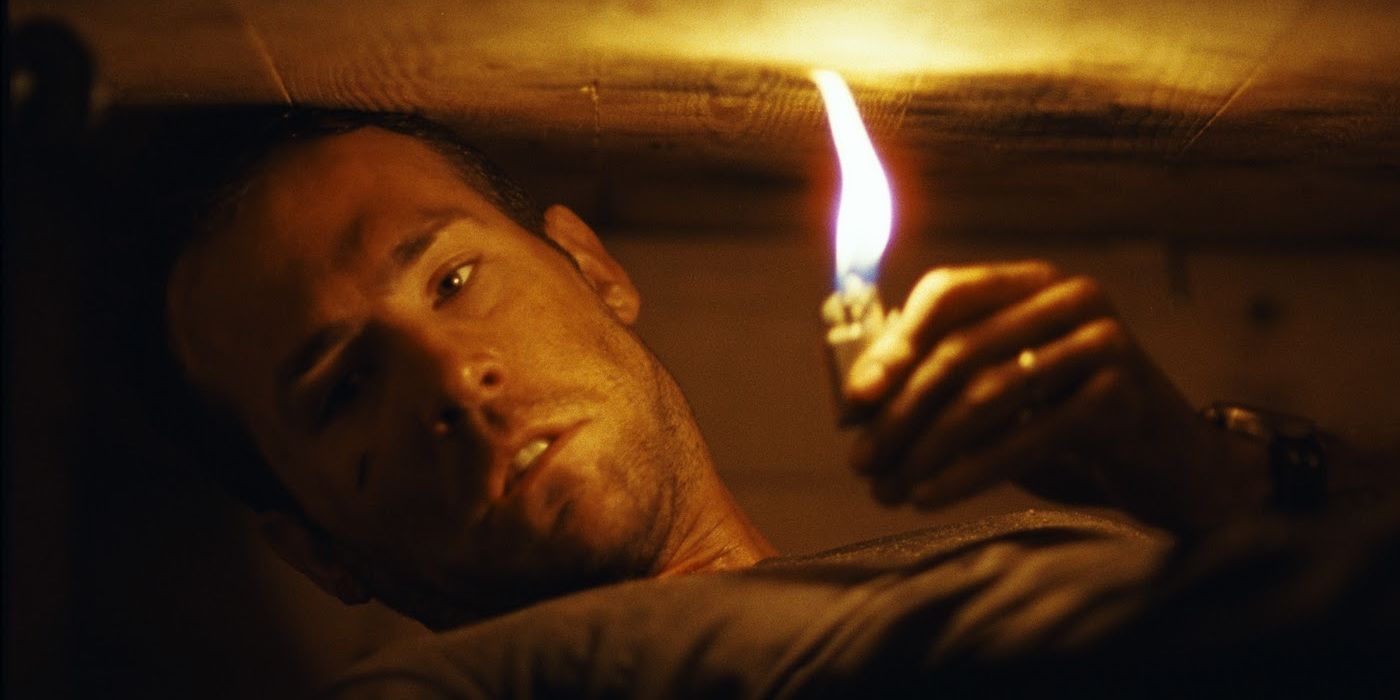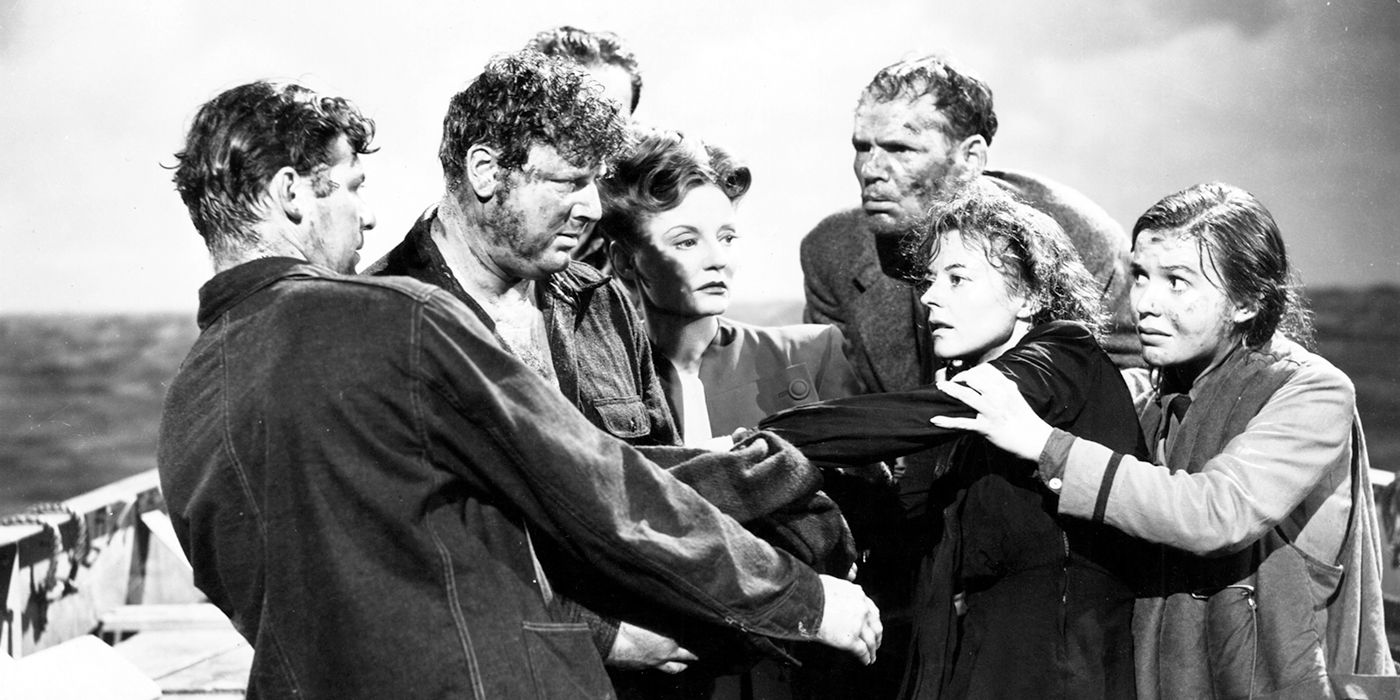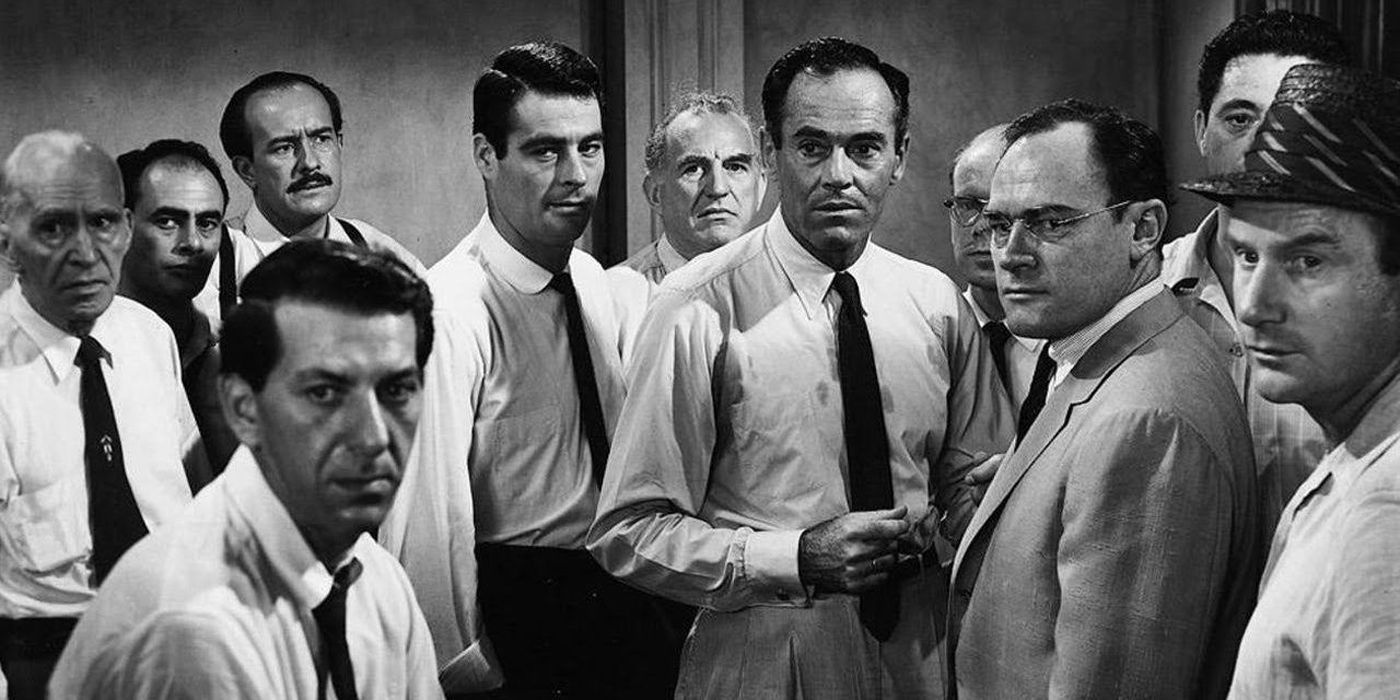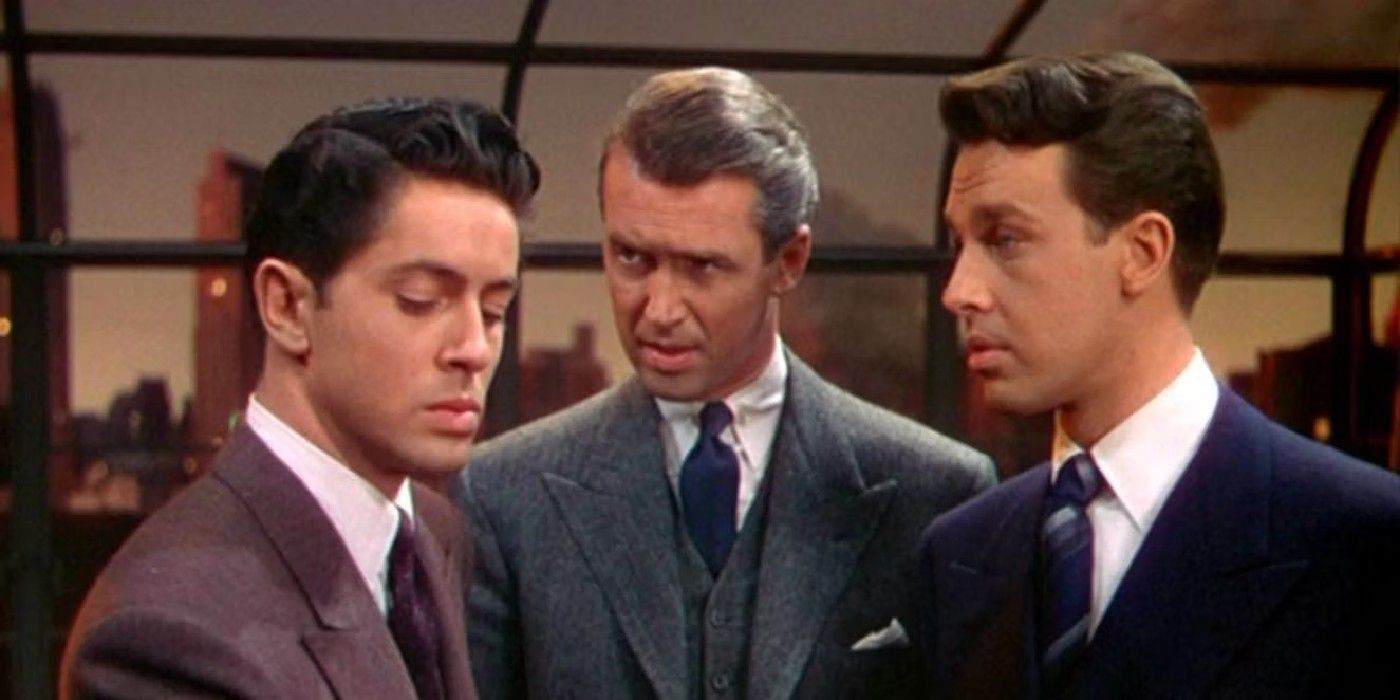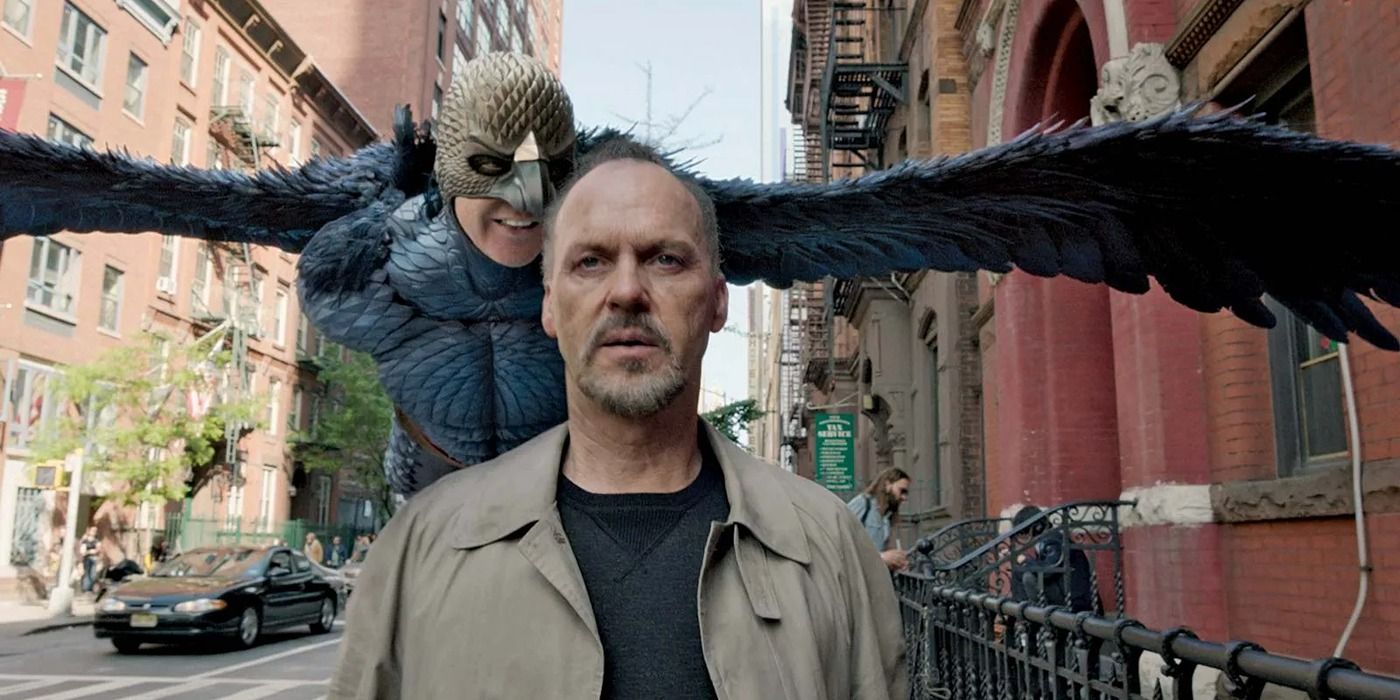
Top 9 Immersive Single-Scene Movies That Captivate Audiences

This article ranks the top 9 movies that utilize a single scene or location to draw viewers into an intense, personal experience, showcasing how this filmmaking technique enhances the storytelling.
9. My Dinner With Andre
My Dinner With Andre (1981) stands as an unconventional narrative, using nothing but the art of conversation to captivate its audience. It's a minimalist piece set in a high-class restaurant where two old friends, both immersed in the New York theater scene, engage in a dialogue that unfolds layers of life and art. The film's ability to maintain interest with only two actors and their engaging discussion is a testament to the power of strong writing and performance. The camera's intimate positioning makes viewers feel as though they are a part of this profound conversation, making it an unforgettable cinematic experience.
Shawn Wallace in My Dinner with Andre
8. Dog Day Afternoon
At number 8, Dog Day Afternoon (1975) offers a raw, real-time depiction of a bank heist gone wrong. Al Pacino and John Cazale deliver outstanding performances as the bumbling robbers trapped in a situation that spirals out of control. The film's single-setting approach, mostly within the confines of the bank, allows the audience to feel the escalating tension and desperation alongside the characters. The immediacy of the unfolding drama keeps viewers on the edge of their seats, cementing Dog Day Afternoon's status as a classic in the crime genre.
John Cazale and Al Pacino in dog day afternoon
7. Who's Afraid Of Virginia Woolf?
Who's Afraid Of Virginia Woolf? (1966) lands at the seventh spot with its intense exploration of a tumultuous marriage. Elizabeth Taylor and Richard Burton deliver career-defining performances, expertly navigating the emotional minefield of their characters' relationship. The single evening setting intensifies the raw and revealing dialogue, as a younger couple becomes witness to the unraveling of their hosts' marriage facade. The film's unflinching portrayal of personal conflict and psychological depth resonates powerfully, making it a landmark in dramatic cinema.
Who's Afraid of Virginia Woolf
6. Buried
Buried (2010) offers a harrowing experience at number 6, with Ryan Reynolds carrying the film single-handedly from within a coffin. The claustrophobic thriller utilizes its confined space to ratchet up suspense, as the protagonist desperately tries to escape his underground prison. The film's innovative use of lighting and sound amplifies the tension, creating an environment where hope and despair coexist. Buried's minimalist approach underscores the effectiveness of simplicity in storytelling, leaving a lasting impression on its audience.
Ryan Reynolds in a coffin in Buried
5. Lifeboat
Alfred Hitchcock's Lifeboat (1944) takes the fifth spot, showcasing the director's skill in creating a gripping narrative within a single, isolated setting. The drama unfolds among a group of shipwreck survivors adrift in a lifeboat, as they navigate the moral and strategic complexities of their situation. Hitchcock's mastery of suspense and character dynamics elevates the film, making it a standout example of how a confined space can be used to explore the broader human condition.
The cast of Alfred Hitchcock's Lifeboat embracing in character
4. 12 Angry Men
12 Angry Men (1957) occupies the fourth place on our list, as a film that turns a jury room into a battleground of ideologies and ethics. The movie's intense focus on the characters' debates and personal struggles highlights the complexities of justice and prejudice. As the jurors grapple with their verdict, the audience is pulled into the heart of the drama, making 12 Angry Men a masterclass in ensemble acting and a powerful examination of conscience and conviction.
The 12 Angry Men movie gathered together.
3. Rope
Alfred Hitchcock's Rope (1948) claims the third spot with its innovative technique of appearing as one continuous shot. The film's plot centers around two men hosting a dinner party after committing what they believe to be the perfect murder. The suspense is palpable as one guest begins to suspect the truth. Hitchcock's direction and the film's real-time progression create an atmosphere of heightened tension, making Rope an unforgettable experience in cinematic storytelling.
Main cast in Alfred Hitchcock movie Rope
2. Birdman
Birdman (2014) soars into the second place with its almost uninterrupted single take that follows a washed-up actor's attempt to rejuvenate his career on Broadway. The film's seamless camera work and the intense performances by Michael Keaton and the supporting cast create a mesmerizing experience that blurs the line between reality and stage. Birdman's innovative storytelling and the powerful themes of fame, art, and identity resonate deeply, making it a standout film that pushes the boundaries of the single-scene format.
Birdman Michael Keaton
1. 1917
Taking the top spot, 1917 (2019) delivers a visceral and immersive portrayal of the First World War through its masterful use of the one-shot technique. The film tracks two soldiers on a perilous mission, with the camera's unbroken gaze intensifying the sense of urgency and danger. The technical wizardry and emotional depth of 1917 invite viewers into the heart of the trenches, providing a cinematic experience that is both epic and intimate. This storytelling triumph showcases the single-scene format's potential to create a powerful and continuous narrative journey.
Schofield running across a row of charging soldiers in 1917.
